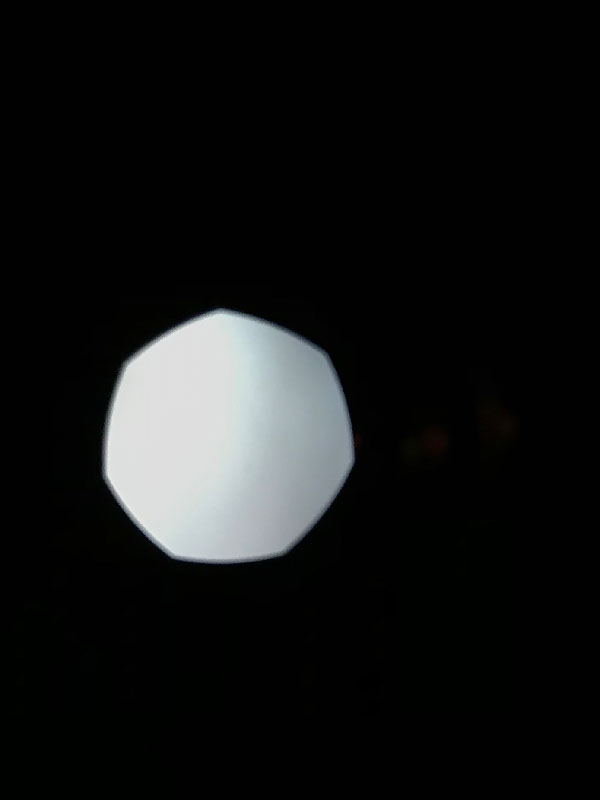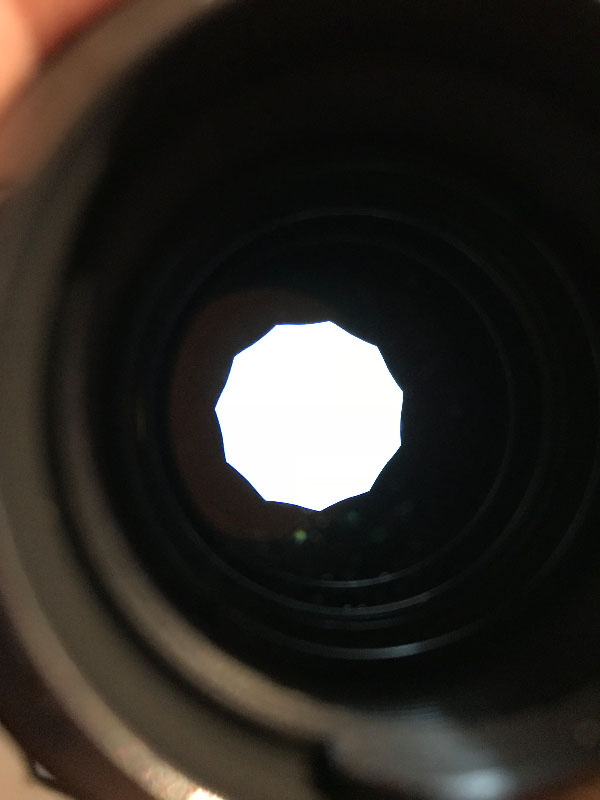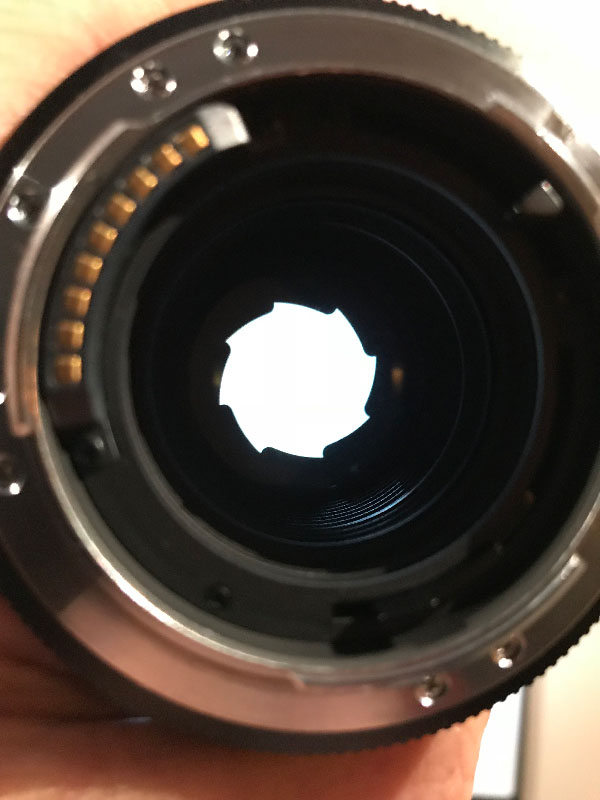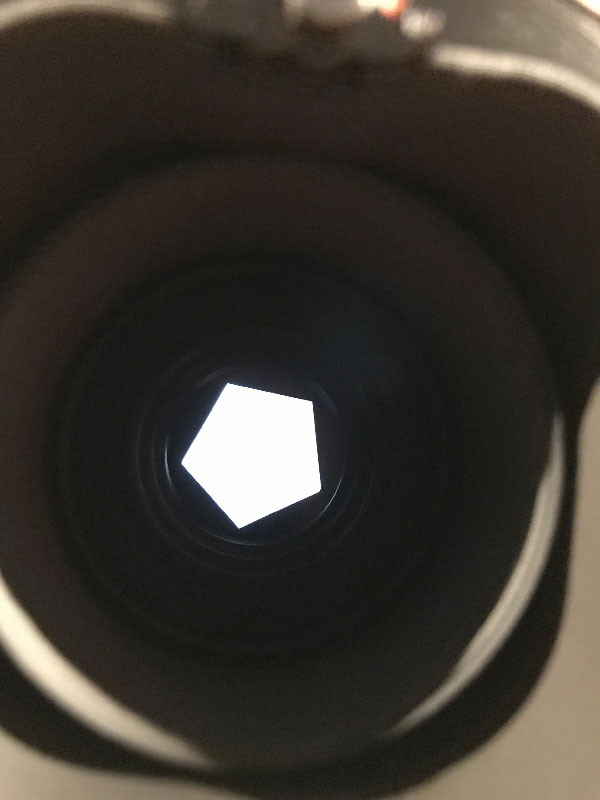Thank you for reposting Harold's article. I have a common but eclectic mix of lenses, and was always curious why some diaphragms are so simple and others so complicated. I wondered why some, like the Zeiss 250 superachromat wouldn't have something more complicated than a simple 5-sided pentagon. The article gave some hint as to why. Here are some examples:
All my "large format" lenses are modern versions with Copal 0 shutters. 7 blades, but each side is slightly concave. Here is the Rodenstock 90hr-sw:

One of my favorites because of its small size is the Leica 90 f/2. 11 blades, again with a curve to each side but the curve is convex as opposed to the Copal 0 concave structure:

Here is the Leica 180R f/2.8 apo. This is the only lens I've seen with 8 blades; there are interesting hooks between f/2.8 and f/11. Beyond f/11 they are straight lines:

The Zeiss/HB 250 superachromat is a simple straight 5-blade pentagon. Curious this one is so straight forward. Perhaps because of the design focus on reducing CA?

Of course the diaphragm on all of them disappears to reveal a sphere when wide open.
Dave